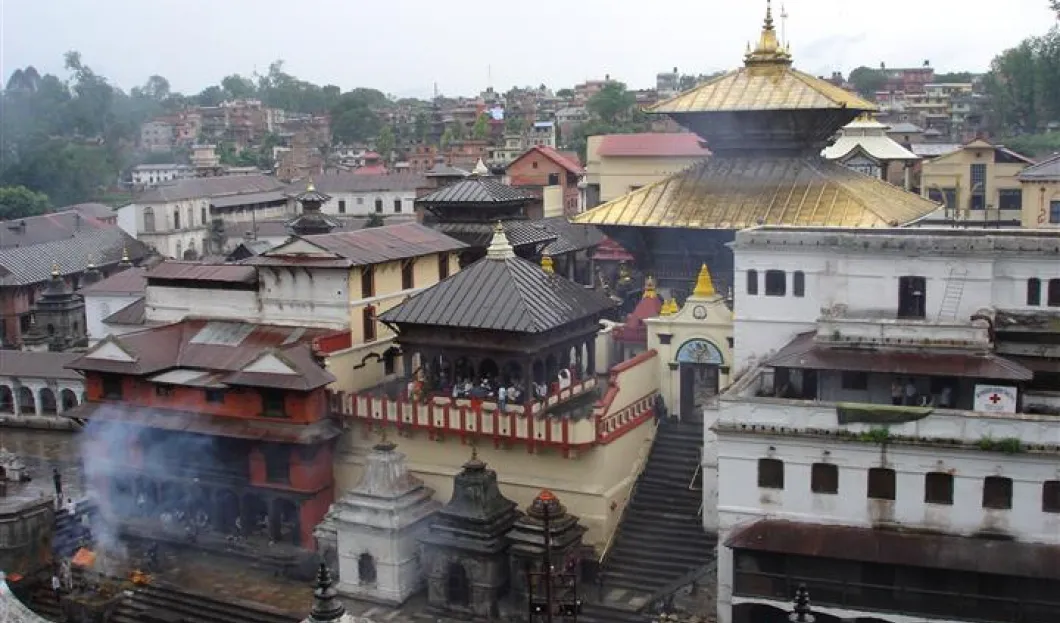
Nearly a year after the earthquake that hit Nepal in April 2015, the country struggles to reach the tourism numbers before the disaster. The amount of tourists went down considerably, by nearly 50%. The recovery of the tourism in Nepal is further complicated by the security issues related to the domestic air transportation. Following a crash of an aircraft in February, the tour operators are hesitant to use the local air services.
Tourism industry is the key sector for Nepalese economy. In 2014, the country welcomed 800,000 visitors. Following the earthquake, the government expects the tourism numbers to go down by 50%.
"There is a real media distortion between the reality and the images that have been conveyed after the earthquake," said Julien Buot, director of Action for Responsible Tourism (ATR).
Annapurna and Everest, the most visited areas by trekkers, are accessible. The same is true for the Mustang and Dolpo. Only the regions of Langtang and Helambu are still closed to visitors. Manaslu which was unavailable last September is now open.
"The trails are in very good condition; they are not marked as well as before the earthquake but trekkers can go to Manaslu, although the two villages at the foot of the summit have not yet been rebuilt, " said Jerome Edou director of Base Camp Trek.
Despite the majority of the areas open to visitors, the recovery of tourism in Nepal is slow. The plane crash of the company Tara Air Nepal in February that killed 23 people, further complicated the image of the country’s safety. All Nepalese airlines are now on the blacklist of companies banned from flying in the European Union.
While French tour operators decided to use only land transport in the country other markets continue to use the air. "Visitors from other European countries: the English, German, Italian tourists ... they continue to use domestic airlines, only the French stopped using air transport," said director of Base Camp Trek
The rebuilding of the country slowly continues. The Reconstruction Authority (NRA) has a budget of EUR 4.5 billion, which however has not yet been distributed.
"From an administrative point of view it's quite complex, but everything will fall into place. Everything related to heritage, temples, all this will be rebuilt with the help from UNESCO, but meanwhile it is clear that cultural trips are a bit complicated," Jerome Edou added.
Tourism in Nepal however still hopes for recovery. "35% of tourists to Nepal are repeaters. This is an important figure. Travelers are coming back in a spirit of solidarity," said Jerome Edou. "The earthquake has not tarnished the country's image." It is estimated that it will take 2 to 3 years for the country to return to normal tourism services.












